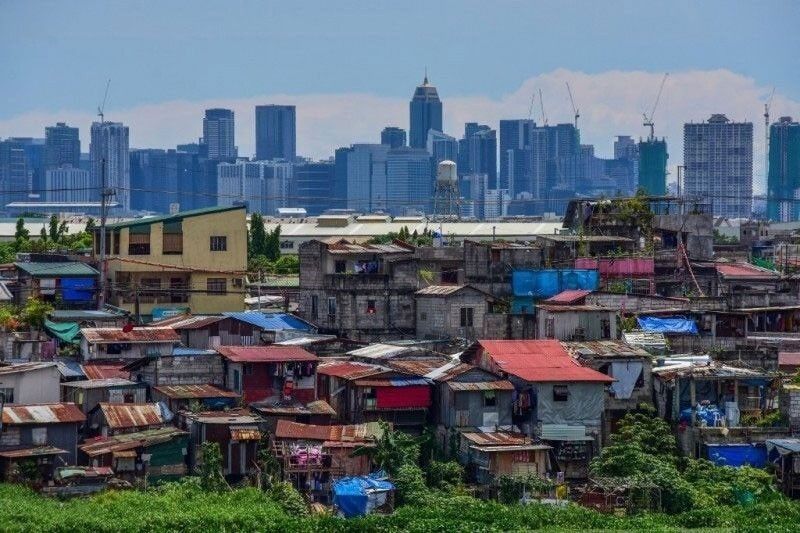S&P hikes Philippine 2022 GDP growth target to over 7%

MANILA, Philippines — The Philippine economy may grow above seven percent this year before slowing down significantly next year amid major external headwinds, according to S&P Global Ratings.
In a report, the debt watcher raised its gross domestic product (GDP) growth forecast for the Philippines to 7.1 percent from the original target of 6.3 percent for this year.
Despite the elevated inflation that prompted the Bangko Sentral ng Pilipinas (BSP) to deliver aggressive rate hikes, the Philippines posted a stronger-than-expected GDP growth of 7.6 percent in the third quarter from 7.5 percent in the second quarter.
“The third quarter GDP growth in the Philippines far outperformed our expectations, driven by continued strong domestic demand, even in the face of high inflation. This led us to raise our GDP growth forecast for 2022,” S&P economist Vince Conti told The STAR.
From January to September, the country booked a GDP growth of 7.7 percent, slightly higher than the 6.5 to 7.5 percent target penned by economic managers.
The Philippines exited the pandemic-induced recession with a GDP expansion of 5.7 percent last year, a reversal of the 9.6 percent contraction in 2020.
The international credit rating agency said that more domestically led economies such as the Philippines, India and Indonesia would lift the average growth in Asia- Pacific due to strong consumption.
“The global slowdown will have less impact on domestic demand-led economies such as India, Indonesia and the Philippines,” it said.
For 2023, S&P lowered anew its GDP growth forecast to 5.2 percent due to “significant headwinds moving forward.”
“On the external demand side, a global growth slowdown is widely expected and will weigh on Philippine exports. On the domestic side, the lagged effects of this year’s monetary policy tightening will weigh on consumption and investment, while pent-up demand from the pandemic would not be as much of a growth driver as it was this year,” Conti said.
The projected growth for the Philippines is faster than the forecast for Asia-Pacific that stood at 4.1 percent for this year and 4.3 percent for next year.
The BSP has so far raised key policy rates by 300 basis points to tame inflation and stabilize the peso. This brought the benchmark rate to a 14-year high of five percent from an all-time low of two percent.
The central bank is widely expected to deliver another 50-basis-point increase next month as inflation averaged 5.4 percent in the first 10 months, well above the BSP’s two to four percent target range, after accelerating to a 14-year high of 7.7 percent in October from 6.9 percent in September.
This prompted the BSP Monetary Board to raise its forecasts to 5.8 percent for 2022, 4.3 percent for 2023, and 3.1 percent for 2024.
S&P sees inflation accelerating to 5.5 percent for this year from last year’s 3.9 percent before easing to 4.3 percent in 2023 and 2.7 percent in 2024.
While inflation strains vary and generally less of a problem than in the US, S&P said core inflation has risen especially fast in Australia, New Zealand and the Philippines.
“Monetary policy decisions have generally been in line with core inflation developments. The central banks of Australia, New Zealand, the Philippines, and South Korea have hiked policy rates considerably in 2022,” it said.
The debt watcher sees the BSP raising rates by another 50 basis points to 5.50 percent by the end of 2022.
The credit rating agency also expects the peso to end the year at 58.70 to $1.
- Latest
- Trending





























